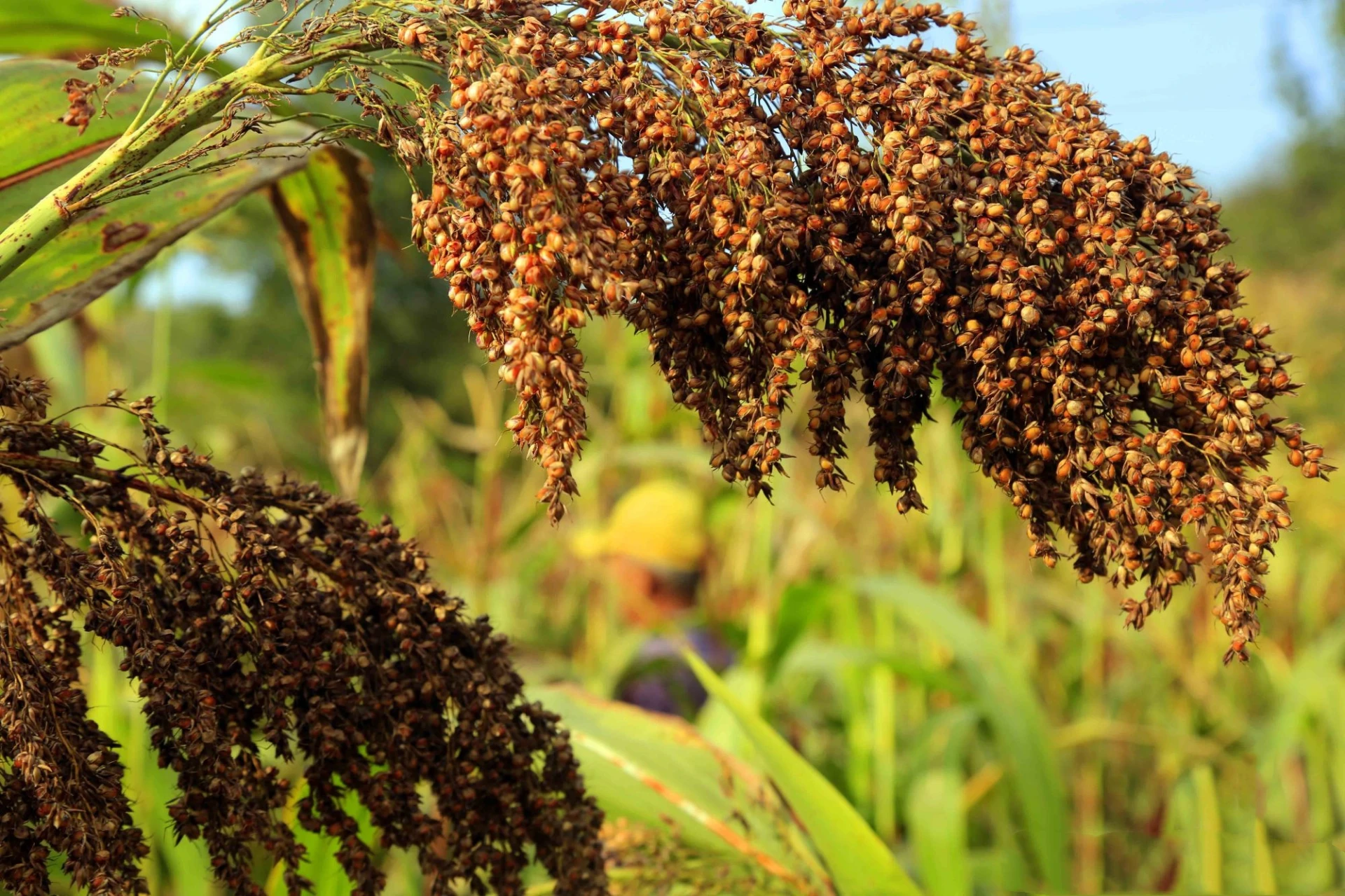
Hello, come to consult our products !
Feb . 10, 2025 12:25 Back to list
Factory Supply Agrochemicals Boscalid fungicide 50% WGD WG 98% TC 30% SC
Chlorpyrifos, primarily marketed under the trade name Lorsban, has long been a staple in the agricultural sector, known for its potency in pest control. It is a broad-spectrum organophosphate pesticide that has been employed to shield crops from a variety of insects, enhancing crop yields and securing the food supply chain. However, its journey over recent years reflects a dynamic intersection of agricultural necessity and evolving regulatory landscapes.
In light of these regulatory hurdles, the focus has, of necessity, turned to alternative pest management solutions. While nothing matches the broad-spectrum prowess of chlorpyrifos entirely, several viable alternatives are emerging. For instance, biological pesticides, which utilize natural organisms or substances derived from them, present fewer environmental and health risks. Neem oil, for one, has been recognized for its effectiveness against certain pests and is acclaimed for its minimal impact on beneficial insects. Furthermore, farmers are increasingly integrating innovative agricultural technologies such as precision agriculture, which optimizes pest control measures through data-driven insights. This approach allows farmers to apply pesticides more judiciously, thereby reducing overall usage and minimizing environmental impact. Biotechnological solutions like genetically modified crops, which are engineered for pest resistance, also offer promising alternatives. Reengineering farming practices to align with modern safety standards does pose its own set of challenges, particularly for small-scale farmers who may find transitioning away from longstanding practices financially and logistically burdensome. Nevertheless, being proactive and embracing sustainable practices not only meets current regulatory requirements but ultimately supports long-term agricultural sustainability. In conclusion, while chlorpyrifos, notably as Lorsban, played an integral role in agricultural pest management, its phase-out marks a significant transition within the industry. As the agricultural sector adapts, leveraging new technologies and sustainable practices will be crucial. Dialogue among scientists, policymakers, and farmers is imperative to ensure that transitions in pest management strategies continue to support productivity while safeguarding both human health and the environment. It is evident that the future of pest management will depend heavily on collaborative efforts to innovate and adapt, ensuring resilience against both pest challenges and regulatory changes.


In light of these regulatory hurdles, the focus has, of necessity, turned to alternative pest management solutions. While nothing matches the broad-spectrum prowess of chlorpyrifos entirely, several viable alternatives are emerging. For instance, biological pesticides, which utilize natural organisms or substances derived from them, present fewer environmental and health risks. Neem oil, for one, has been recognized for its effectiveness against certain pests and is acclaimed for its minimal impact on beneficial insects. Furthermore, farmers are increasingly integrating innovative agricultural technologies such as precision agriculture, which optimizes pest control measures through data-driven insights. This approach allows farmers to apply pesticides more judiciously, thereby reducing overall usage and minimizing environmental impact. Biotechnological solutions like genetically modified crops, which are engineered for pest resistance, also offer promising alternatives. Reengineering farming practices to align with modern safety standards does pose its own set of challenges, particularly for small-scale farmers who may find transitioning away from longstanding practices financially and logistically burdensome. Nevertheless, being proactive and embracing sustainable practices not only meets current regulatory requirements but ultimately supports long-term agricultural sustainability. In conclusion, while chlorpyrifos, notably as Lorsban, played an integral role in agricultural pest management, its phase-out marks a significant transition within the industry. As the agricultural sector adapts, leveraging new technologies and sustainable practices will be crucial. Dialogue among scientists, policymakers, and farmers is imperative to ensure that transitions in pest management strategies continue to support productivity while safeguarding both human health and the environment. It is evident that the future of pest management will depend heavily on collaborative efforts to innovate and adapt, ensuring resilience against both pest challenges and regulatory changes.
Latest news
-
Famoxadone Fungicide: Prevent & Cure Plant Diseases Effectively
NewsAug.26,2025
-
Topramezone Herbicide: Selective & Powerful Weed Control for Corn
NewsAug.24,2025
-
Powerful Fungicide for Optimal Crop Health & Yield Protection
NewsAug.23,2025
-
Azoxystrobin Fungicide: Advanced Crop Protection Solutions
NewsAug.22,2025
-
Willowood Imidacloprid: Best Broad-Spectrum Insecticide Solution
NewsAug.22,2025
-
Atrazine Herbicide: Selective & Effective Weed Control for Sale
NewsAug.21,2025
